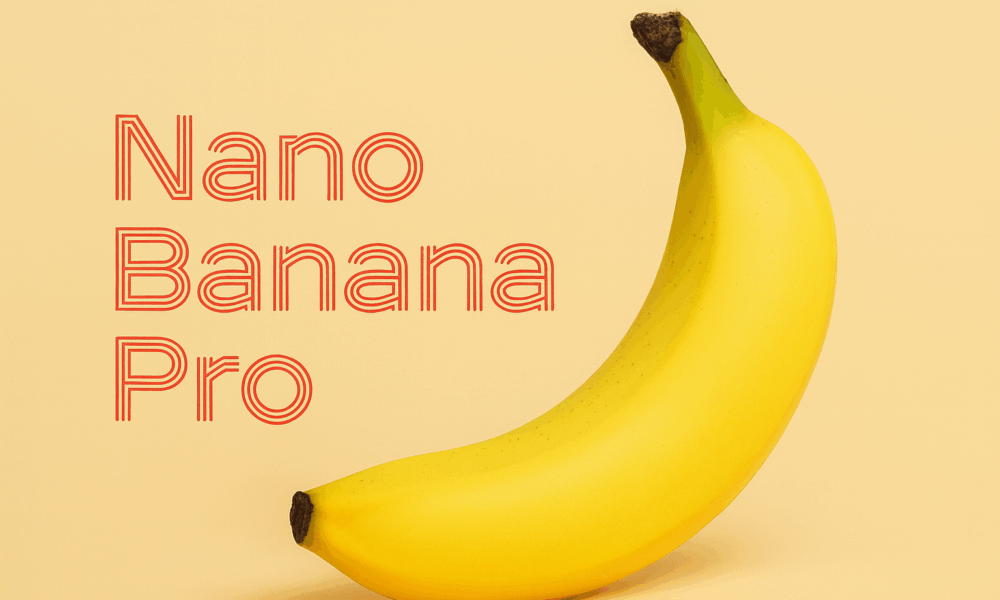
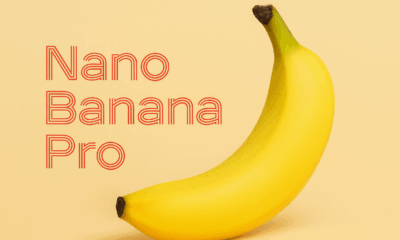

Why Nano Banana Pro Matters Nano Banana Pro is Google DeepMind’s most advanced image generation model, built on the powerful Gemini 3 Pro architecture. It delivers...



In the rapidly evolving world of large-language models, two recent heavyweights dominate conversation: Google’s Gemini 3 Pro and OpenAI’s GPT 5.1. While both bring serious power...
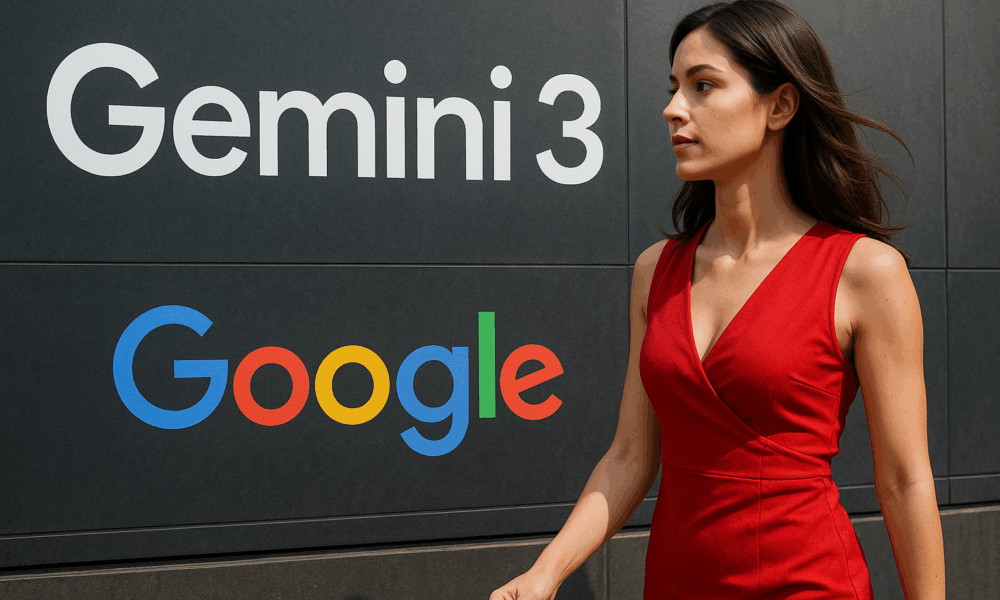
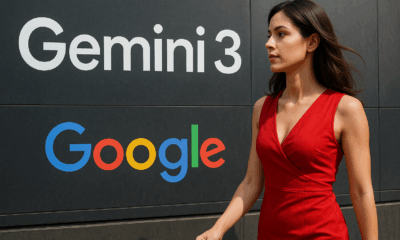

Why This Matters Right Now In late 2025, Google, through its DeepMind research arm, introduced Gemini 3 as its most advanced foundation model to date. This model...
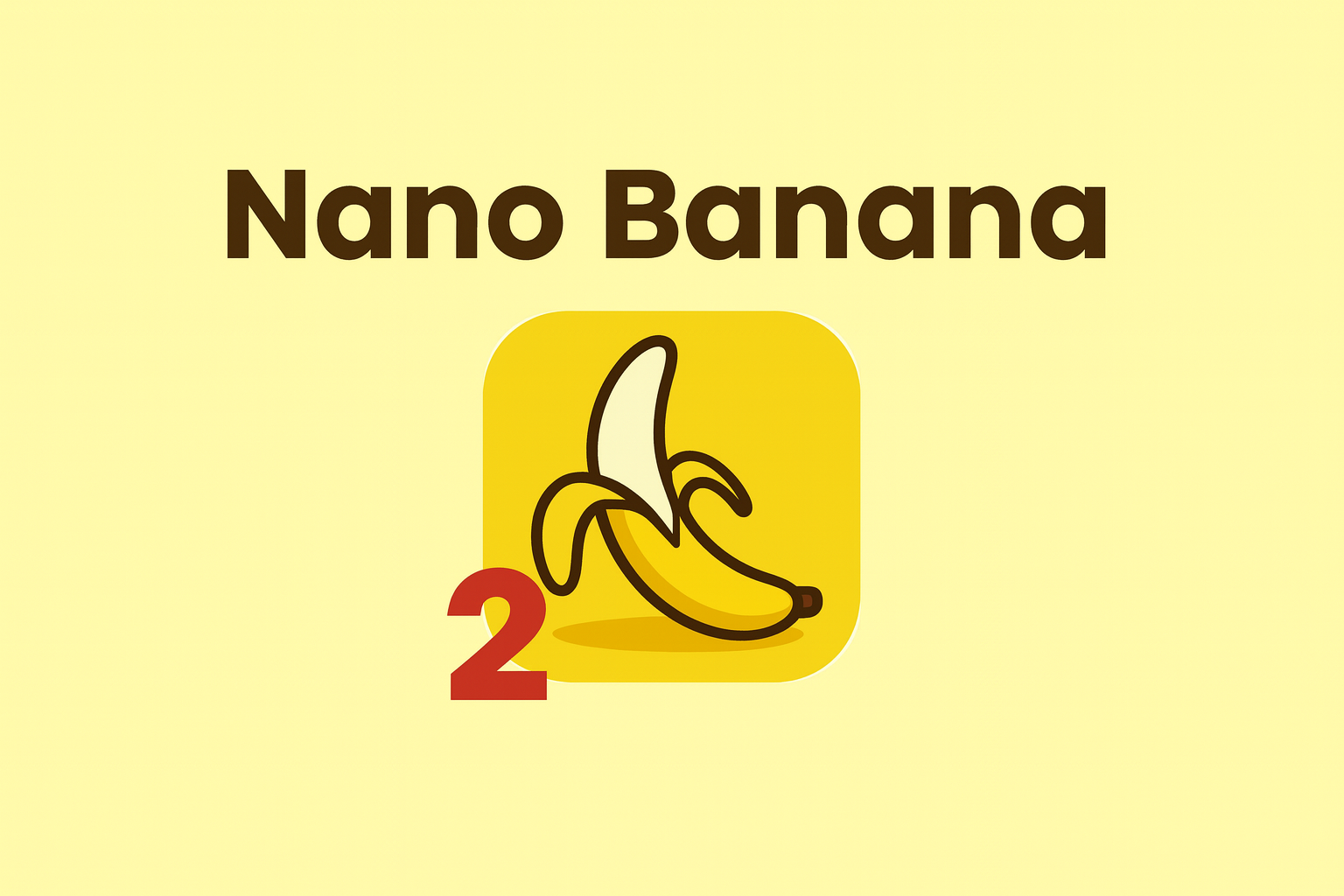


The Era of Manual Mastery For years, turning a raw photo into a polished image demanded painstaking hours inside Photoshop. Whether it was isolating objects, adjusting...



As the hunger for artificial intelligence grows exponentially, delivering “super‑intelligence” no longer means simply building bigger chips or better models. It now means building massive infrastructure:...
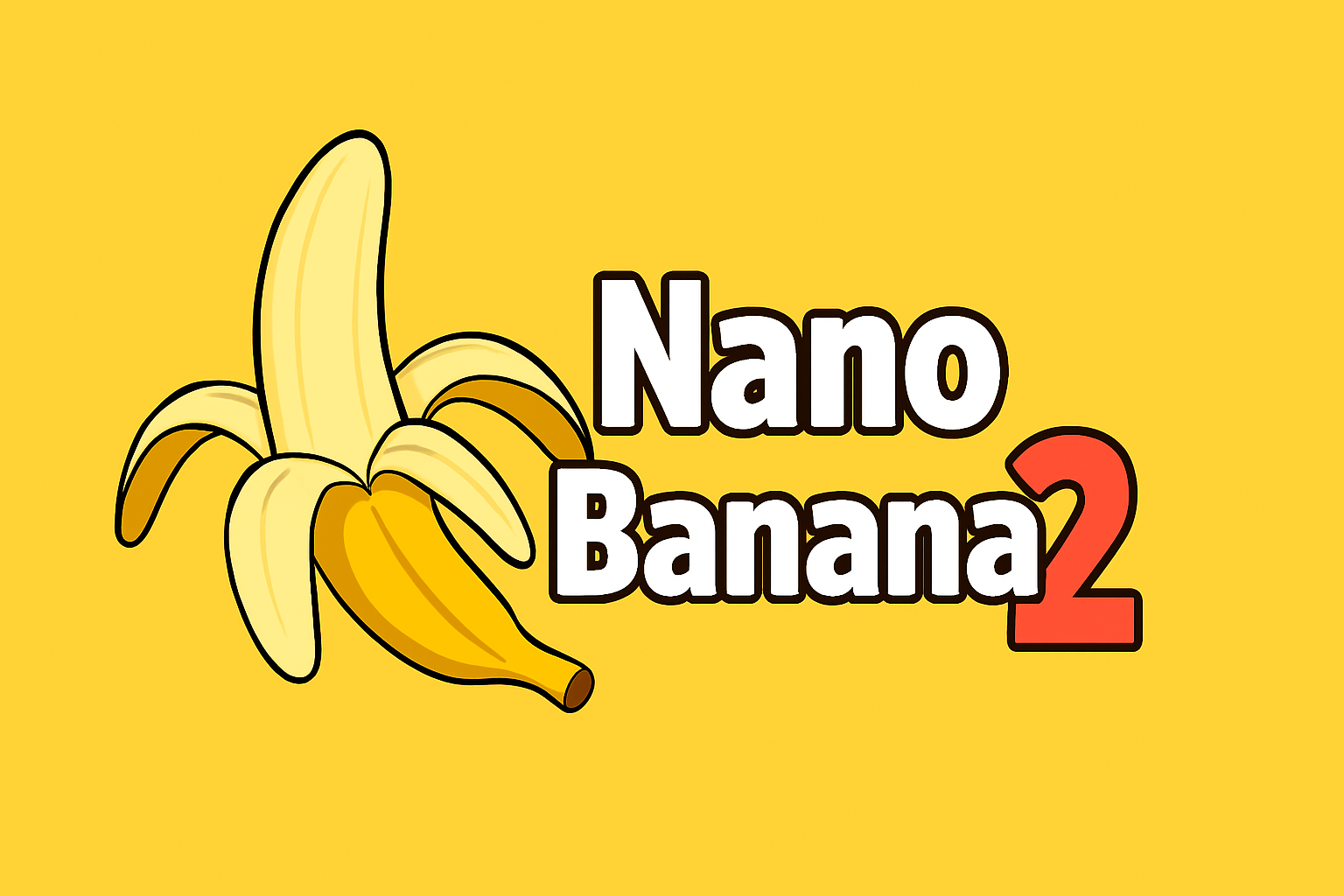


When your phone’s camera just won’t cut it anymore, imagine an AI that doesn’t just capture an image—it understands the scene, edits your face, changes style,...
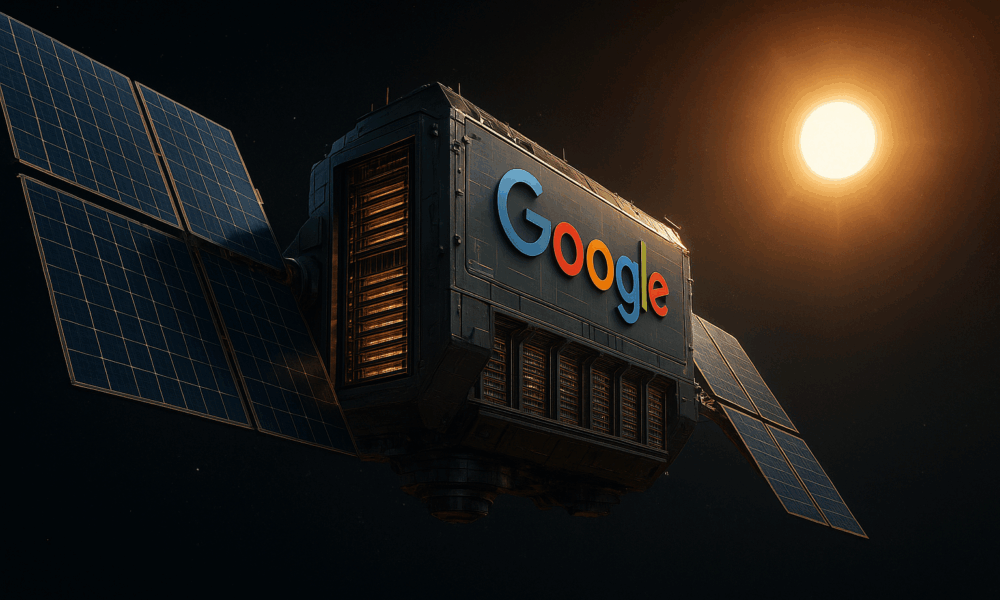
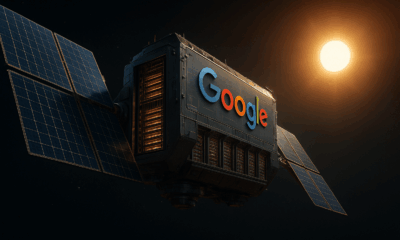

What if the next frontier for powering artificial intelligence computation isn’t another data center in Nevada or Texas, but a satellite orbiting Earth? Google’s daring new...



When Google quietly released Veo 3.1, the early reactions have run the gamut from excitement to frustration. Users are poring over generated clips, pushing the boundaries of...



The long-rumored update to Google DeepMind’s text-to-video model has quietly shifted into partner hands. Veo 3.1, the next iteration of Google’s generative video AI, is now...



Artificial-intelligence video generators can now produce short, polished clips from plain text, images, or brief storyboards. At their best, these systems deliver cinematic lighting and camera...